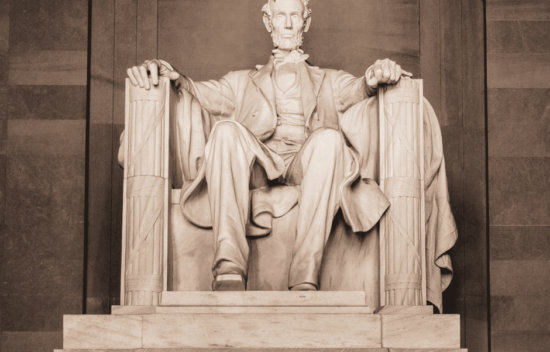
Is the Constitution Pro or Anti-Slavery?
Guiding Question
- How did the expansion of slavery into new territories intensify sectional tensions?
Objectives
- Students will analyze primary source documents to determine the author’s perspective on slavery and the U.S. Constitution.
- Students will distinguish between pro-slavery and anti-slavery arguments presented in historical texts.
- Students will evaluate how historical figures interpreted the Constitution in relation to the institution of slavery.
- Students will cite textual evidence to support claims about a document’s stance on slavery and the Constitution.
Student Resources:
Engage
- Ask students, “Do you think a law can support something, even if it doesn’t mention it directly? Why or why not?”
- For example, A law designed to protect wildlife in a certain area might also support clean water even though it does not mention it directly.
- Call on a few students to discuss and share.
- Let students know today they will be working with four different quotes that present the Constitution in different ways, either a Pro-slavery or Anti-slavery document. Remind students that compromises about slavery were made during the Constitutional Convention (Three-Fifths Compromise, international slave trade, and the Fugitive Slave Clause) and have been discussed in subsequent decisions since, the Compromise of 1850 Fugitive Slave Law, for example. Remind students these quotes are prior to the passage of the Thirteenth Amendment, which ended slavery in the United States.
Explore
- Students are placed in pairs or small groups. Each pair gets all four quotes.
- Read each quote together.
- Use the graphic organizer to record:
- What the quote says (summary)
- Whether it presents the Constitution as pro- or anti-slavery
- Which words/phrases support that view
- Your group’s reaction or question
- Optional Activity: Structured Controversy
- Person A takes the pro-slavery position; Person B takes anti-slavery.
- Each partner presents their argument using the quotes.
- Switch sides and argue the opposite position.
Assess & Reflect
- Conclude by coming to a consensus or summary as a group: What is your final judgment? Can both interpretations be valid?
- Have each pair write a thesis to answer the question: Is the Constitution a pro or anti-slavery document?